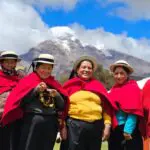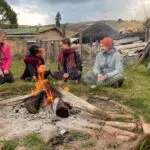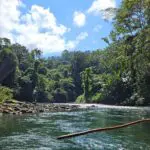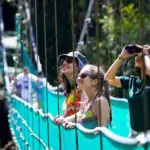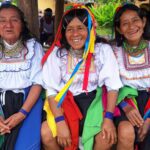This trip also known as The Moche Route, might generate a bit of confusion as Moche is just one of the many cultures that made life in the northern coast of Peru, the one that is also called Mochica (to make it a bit more complicated), but in reality, this is a mosaic of cultures formed by Lambayeque -also known as Sican, by Chimu, and obviously by the most representative and the one that preceded the already mentioned, stealing the protagonic role and fame: the Moche
That is the reason why we have decided to give it some order, so when you get back home, you will be able to confidently tell about the things you saw at the varied museums of the area, to accurately remember the names of those archaeological sites where your shoes stepped, and to also not forget to tell about the unique natural world observed in this parallel Peru, of a generous warm sea and woods that hold life even in the apparent inhospit lands.
A Nature Sanctuary, a modern museum and an archaeological site
This day begins with a trip to Bosque de Pomac, a young natural protected area that owes its unexpected green forest to the river that crosses it. La Leche (The Milk) is the name given to this stream that may sometimes show a milky coloration. While the old and twisted Algarrobo trees are standing witnesses of the pass of the Lambayeque culture, the one that left vestiges of constructions, some of them difficult to differentiate from natural mounds, but who your attentive guide will teach you how to recognize (there are 36 pyramids by the way).
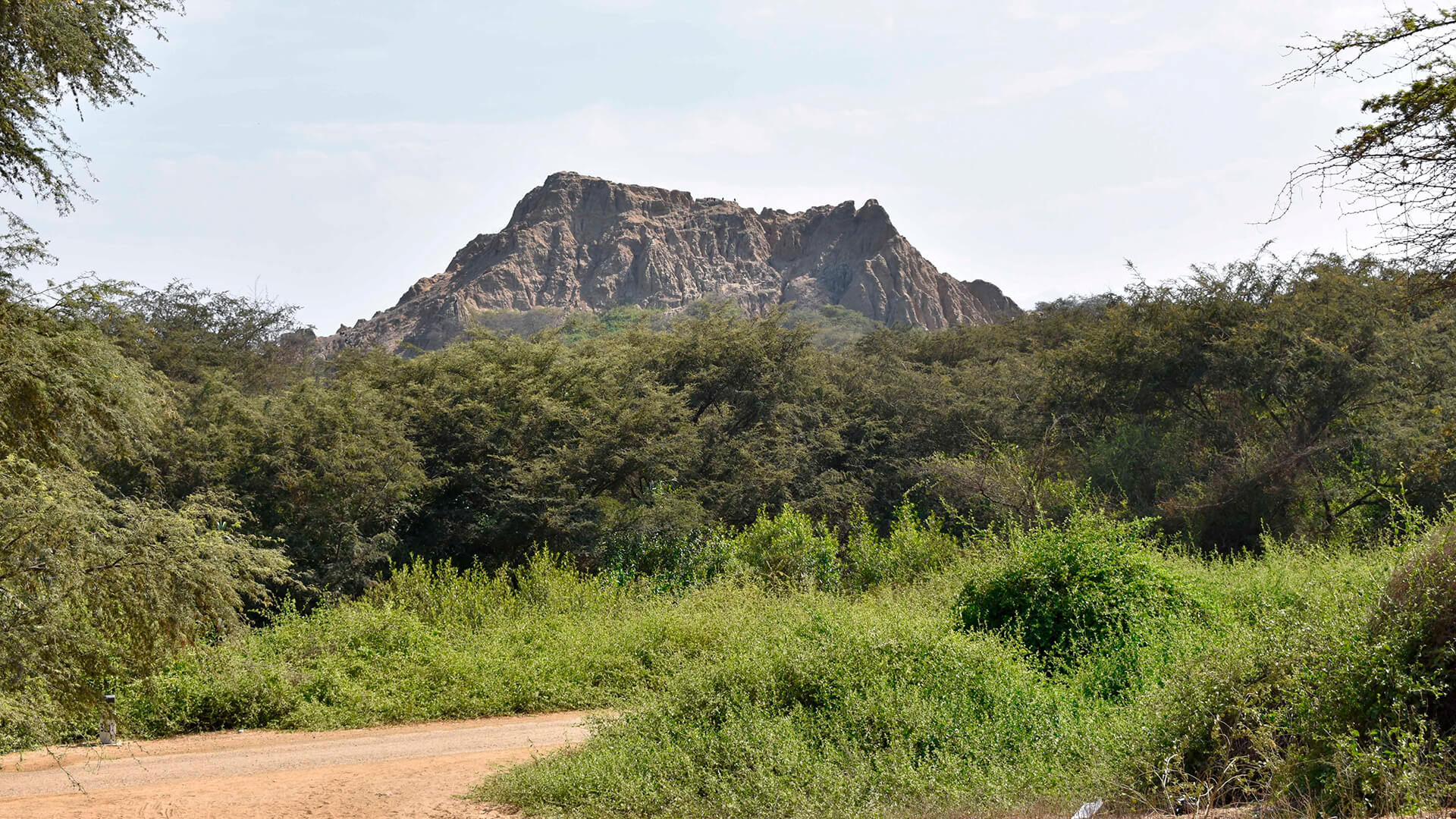
Now, if you are into birding, don’t forget your binoculars! Because these forests are home to at least 17 range-restricted species, 4 of them endemic to Peru. Not bad right? But if you want to get even more surprised, just download the free illustrated bird guide from the Internet! (only in Spanish).
Let’s turn the page as the time for visiting the Museo Nacional de Sicán is here. During the last 30 years in the Departments of Lambayeque and La Libertad, an unparalleled number of archaeological findings have changed the face of the region, its identity and local pride by bringing a totally new set of historical facts that revolutionized much of what was known until then. Royal tombs that needed to be safeguarded and put on value, established a priority for building big and modern museums where all the material could be deposited, as well as site museums to tell the stories and show the actual locations and context.
The modern National Museum of Sican is brand relatively new to Peru and the little city of Ferreñafe where it lies, making honor to the great Lambayeque culture of which major legacy has been the archaeological complex of Pirámides de Túcume, the one you will visit right after this.
Now you will be standing where Thor Heyerdahl (yes, the one from Kon-Tiki) excavated and researched as he knew something important lay here. So well, Huaca Las Balsas and its friezes demonstrated his hypothesis, although they also brought more new questions than answers, but in the end, isn’t it what archaeology is about?
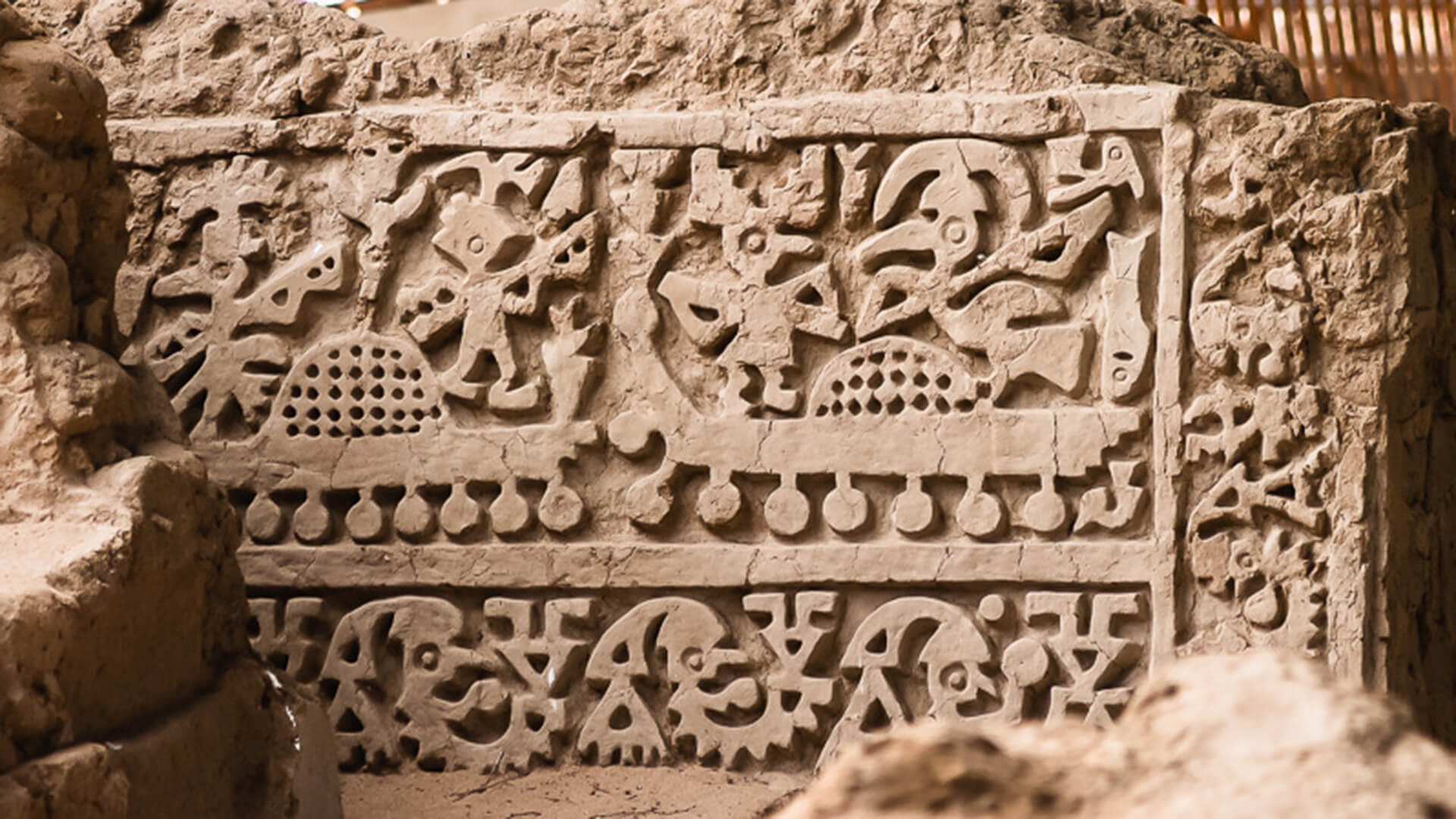
To end the day, how about an exhibition of ancestral looming techniques with the use of native cotton? You will be surprised by the variety of hues naturally obtained from the cotton plants of this region, and the skills of the women that descend from the original civilization of which you already got plenty of information.
Now that you have been submerged in the Lambayeque (Sican) culture, you are free to go back to the hotel and grab a nice dinner making sure to have a good rest because tomorrow will be the turn of the Moche.
The tomb of the tombs
Did you know that one of the most important discoveries of the Peruvian archaeology was close to be ransacked by looters before the archaeologists arrived?
Archaeologist Walter Alba, its discoverer, jokes saying that in the case of stumbling into the Lord of Sipan in the otherworld he will proudly say: “your goods are safe and under the care of your descendants”.
You will visit Huaca Rajada, the scenario where the discovery happened and where you will be able to live the story again.
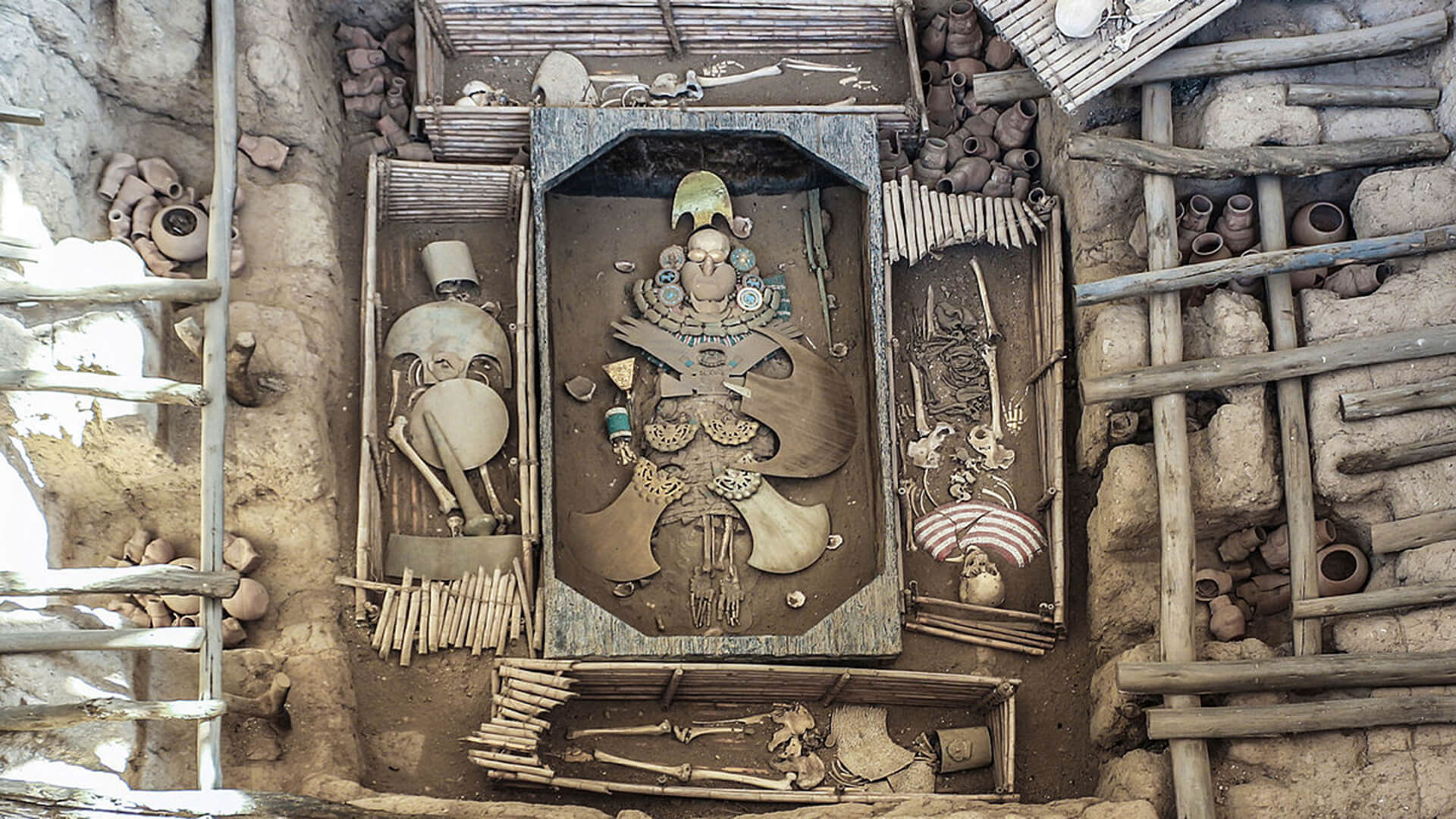
The Mochica (Moche) royalty was moved from their graves to what was conceived as a new and modern “temple” worthy of their status. The Museo Tumbas Reales de Sipán is of novel characteristics and which visit could be comparable with a real peregrination -your guide will explain this. The nicest surprise you will get is to realize that there is not only one lord and its belongings but his predecessor -maybe even more venerable, and their corresponding entourage. Do not miss it!
The Andean Bear and White-winged Guan refuge
Today you will head to the Chaparrí Private Conservation Area, a pioneering initiative of voluntary conservation by the civil society where for the first time an organized rural community achieved the promulgation of a natural area under a legal figure that had no precedents, and for instance a new legal framework was established. The one that facilitated and boosted a Domino effect of similar areas along the whole country, greatly favoring the conservation efforts of nature and the sustainable living of many families and communities along the Peruvian territory.
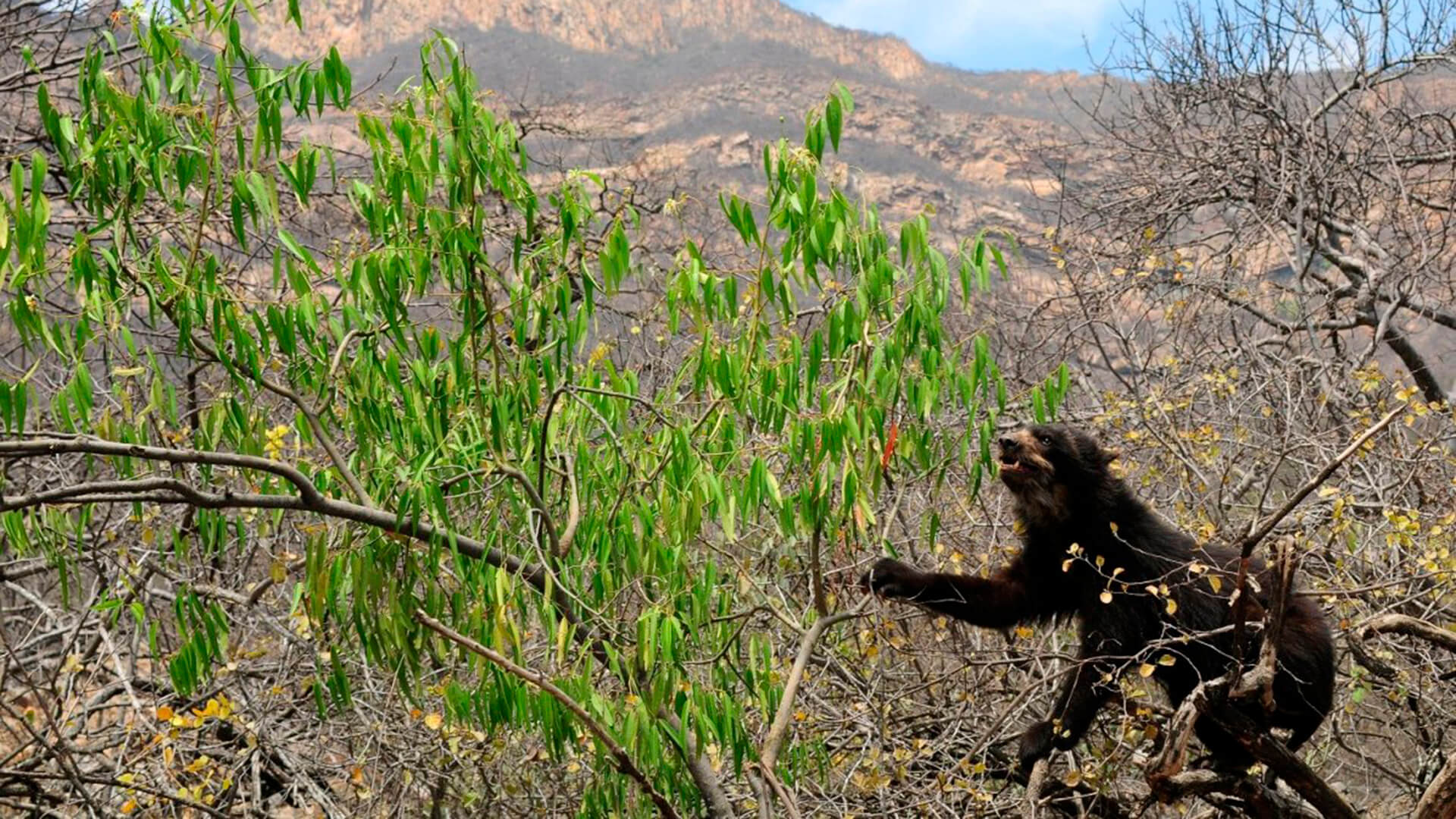
Chaparri is a sanctuary for species that had their days counted and which populations came back from the brink of extinction, thanks to rescue and reintroduction programs. Even if bears and guans observed in the surroundings could be considered semi-domestic or just partly wild, these individuals definitely contributed to strengthening the genetic pool of the original populations safeguarding the species future. And on the other hand, it is simply great being able to see these animals in their natural environment.
Moreover, hundreds of other species can be observed as well while walking the reserve trails. But you can also just stay at the facilities and relax. The visit is a 2 day 1 night stay before heading to Trujillo to get to know a bit more of ancient cultures, so this is an excellent break and a nice opportunity just to relax.
So, depending on the hour you decide to leave Chaparri behind, you could do some activity in Trujillo that same day or just traveling during the afternoon and rest to re-start the following day.
For example, if departing in the morning you will have plenty of time to visit the El Brujo Archaeological Complex, an ancient ceremonial center where it is possible to witness about 5 thousand years of human occupation, from hunters-gatherers, to structured cultures like Cuspinique, Moche, Lambayeque, Chimu, and Inca, including the colony era until today. Moreover, you will get a closer look at the history of the most powerful Lady of the Moche, who is believed reigned over what is currently northern Peru during the IV century A.D., the Lady of Cao.
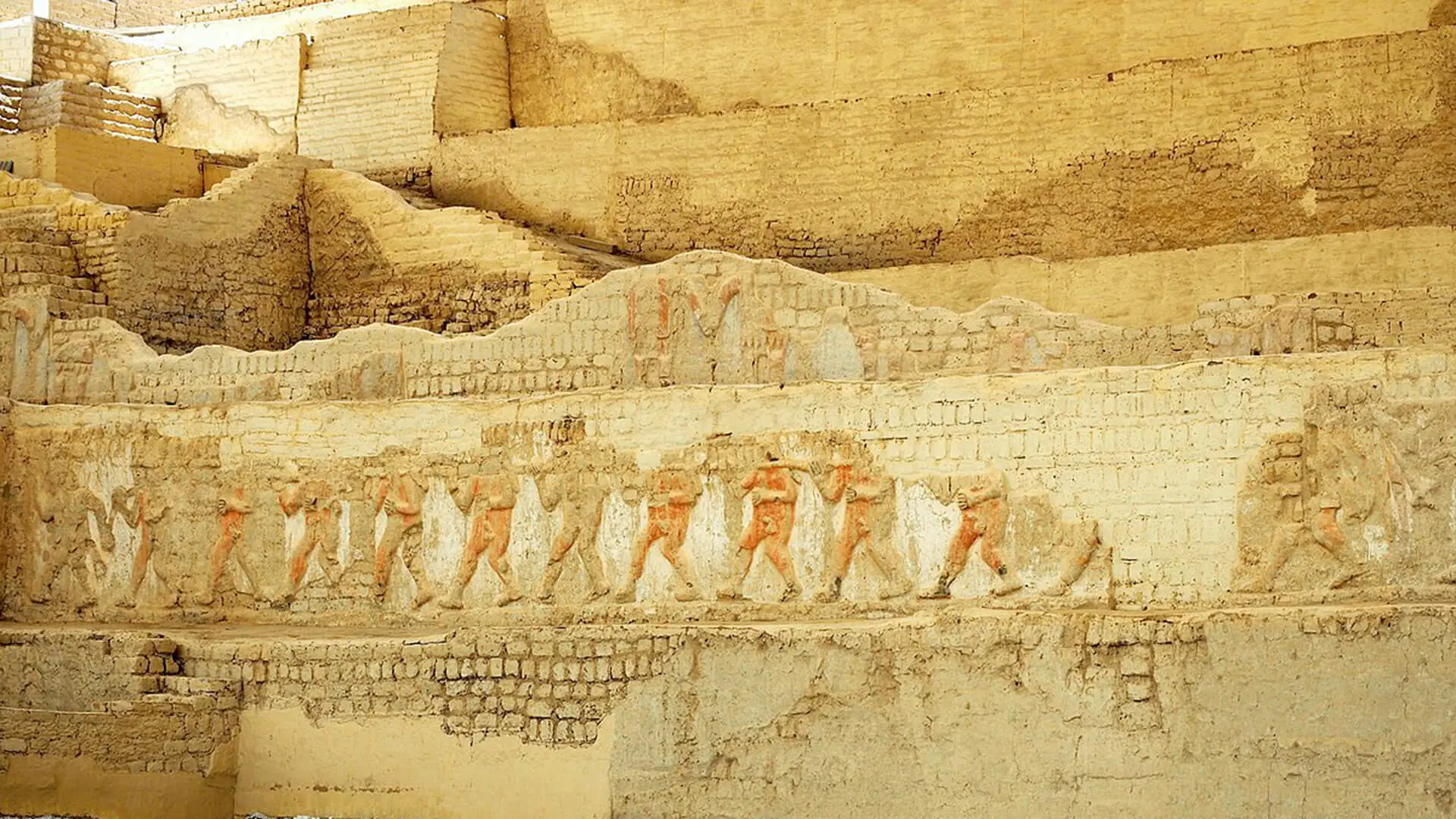
Departing in the afternoon, you will have to wait until the next day to visit Huacas del Sol y de la Luna, the ones that even still being Moche are highlights you shouldn’t miss before heading to the magnificent Chan Chan, inscribed at the List of World Heritage of UNESCO for being considered a piece of art of human intellect and an exceptional testimony of a disappeared civilization, the Chimu.
A World Heritage Site
Chan Chan is almost a fantasy made true, like a giant clay maquette. The lines of their facades, its labyrinthic hallways and geometrical walls are a really special sight. Even more now that new findings have being uncovered, the ones that will contribute to the knowledge of this culture as well as to the amazement of the future visitors.
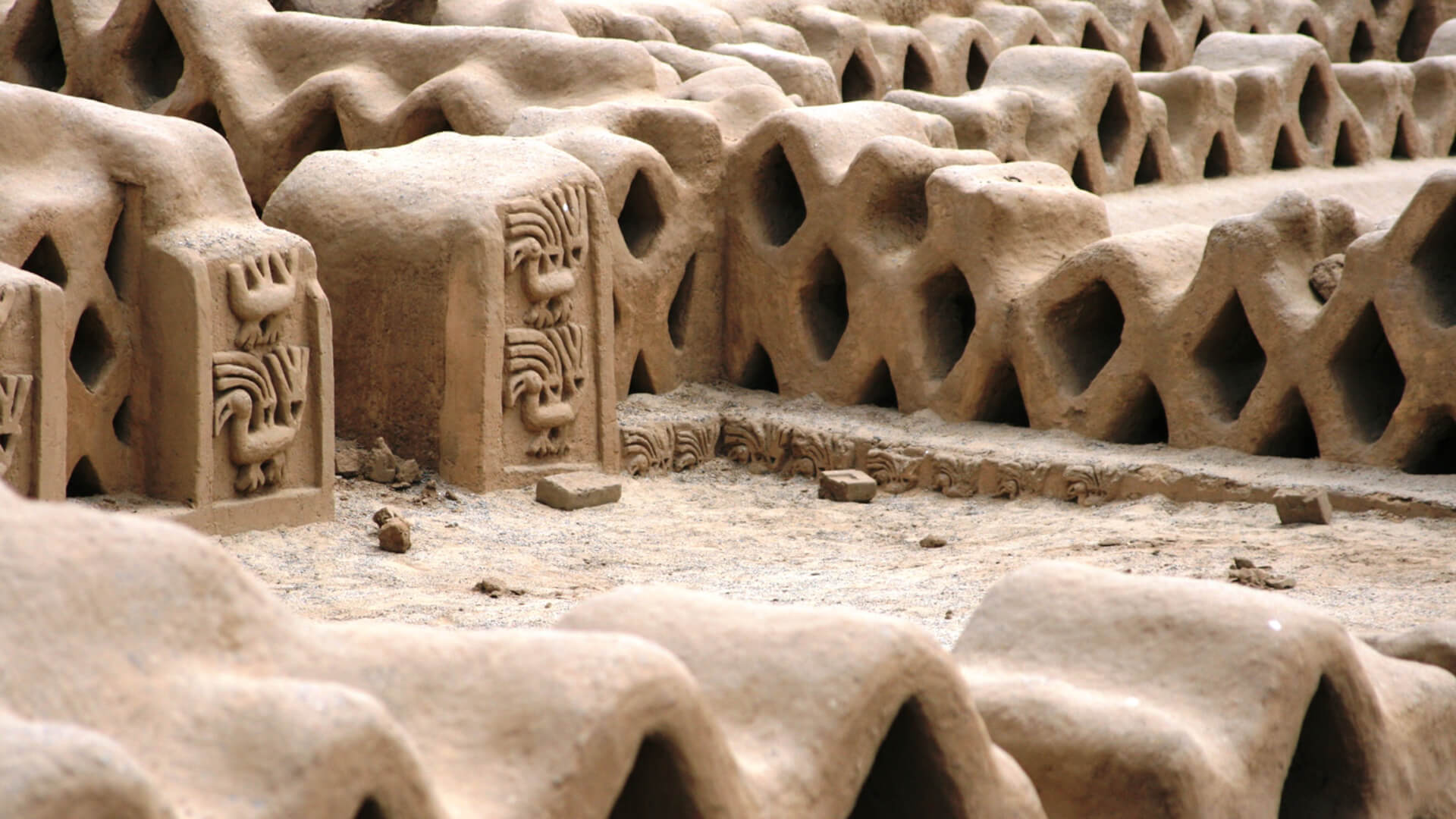
We believe that to end this trip along the northern coast of Peru spending the afternoon at Huanchaco’s waterfront is unbeatable. Here you will be able to witness another Peruvian marvel, the one that allowed expanding the trading influence of the realms, north up to Ecuador and south down to Chile. Nowadays only small reed rafts still surf the waves but in years of the Tawantinsuyu (the empire that amalgamated many cultures of Peru and South America) balsa rafts made incredible journeys to foreign lands, even to Polinesia. Something to think about.
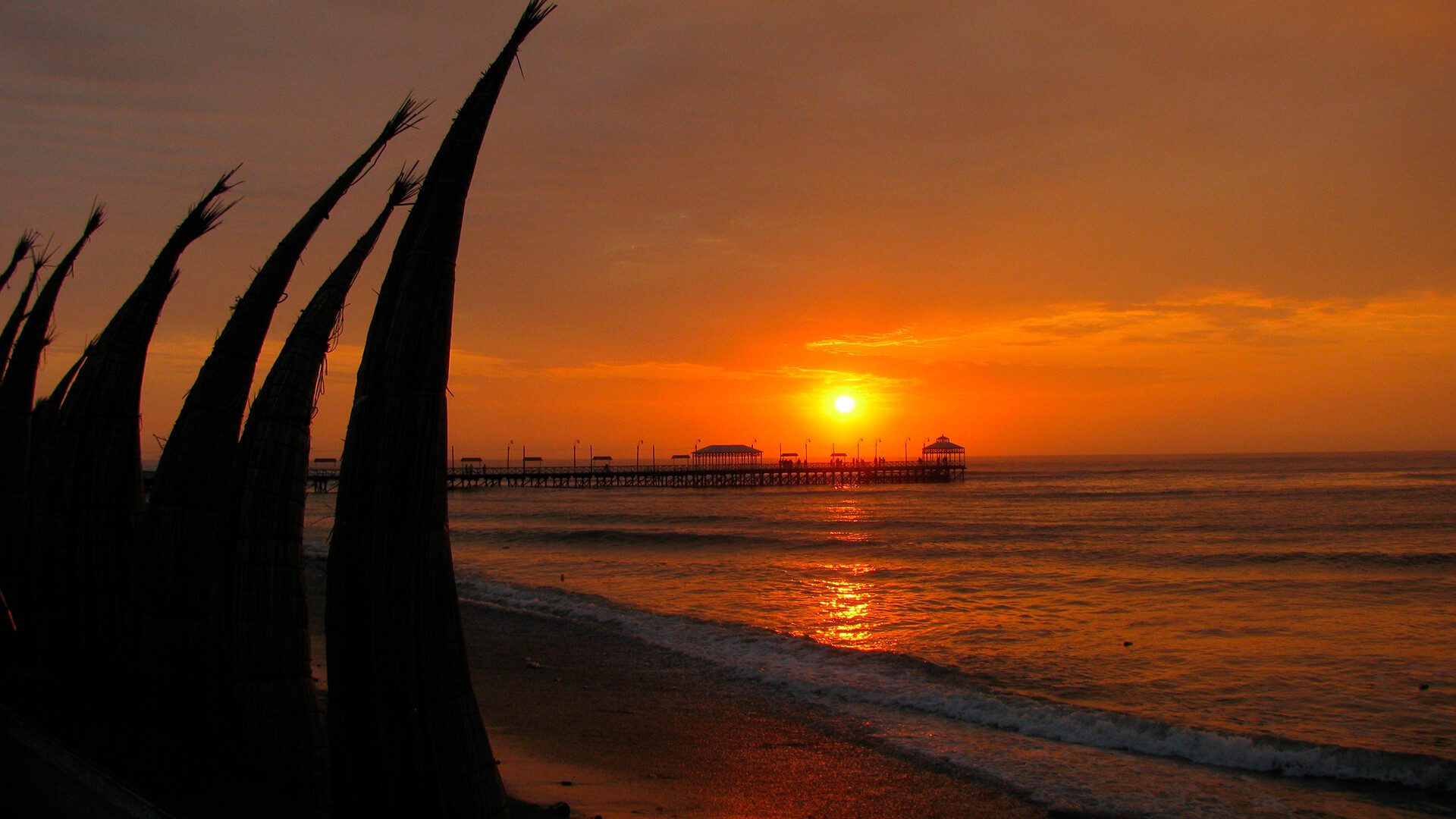
To travel the Moche Route from Chiclayo to Trujillo (or viceversa) while stopping along the way, gives plenty of choices for multiday activities or one day experiences, the choice is yours. But if you decide that you want us to take care of all the details, please get in contact with our travel specialists to get a personalized itinerary.
Practical information along the route:
Altitude 0-150 ft
Average annual temperature 63°F to 79°F
Average humidity >80%
Seasons Hot but few rains from January to March
UV radiation 5-6 (mid to high)

